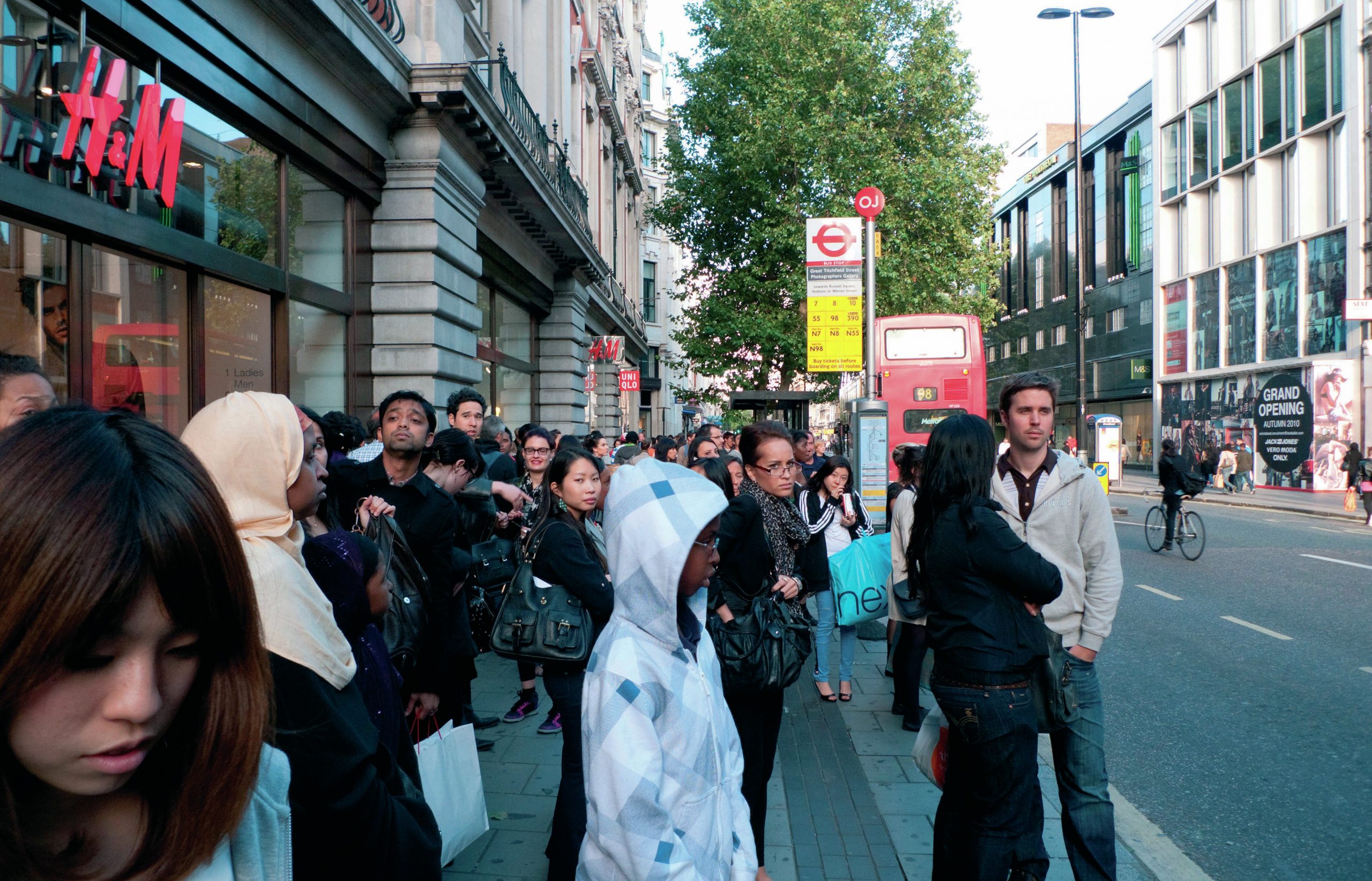
The latest figures from the Office for National Statistics (ONS) show that there are 65.1 million people living in the UK. The population has been rising since the 1960s at different rates (Table 1). In the 1950s the population rose quickly due to an increase in the number of births. The increases in the 2000s and 2010s were also high, this time due to high levels of immigration. This has been linked to the expansion of the European Union (EU), which allows people to freely migrate within member countries.
Before May 2004, the EU had 14 member states but there are now 28 (Figure 1). EU membership allows people to move and live in other member countries to study, work, retire, or for any other reason. Between 2004 and 2014 migration to the UK increased by more than 240,000 people per year on average, and just under half of these migrants were from countries within the EU.
Your organisation does not have access to this article.
Sign up today to give your students the edge they need to achieve their best grades with subject expertise
Subscribe




